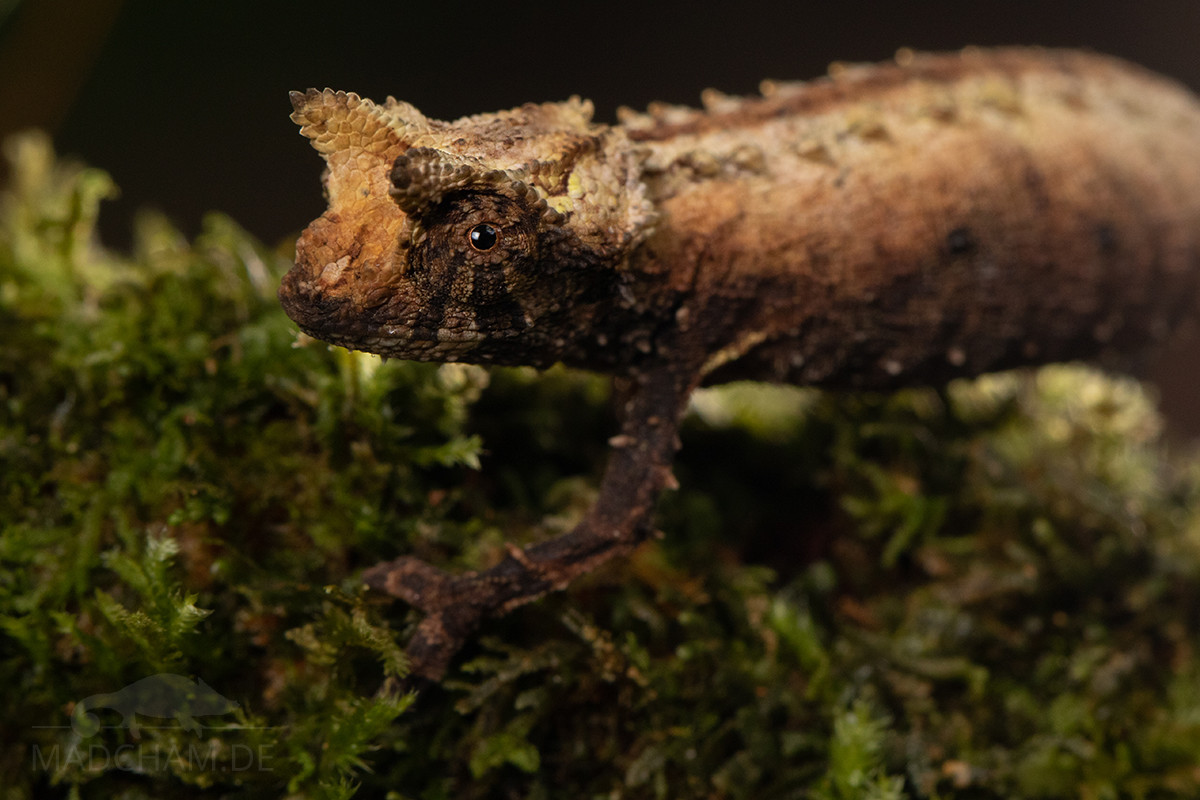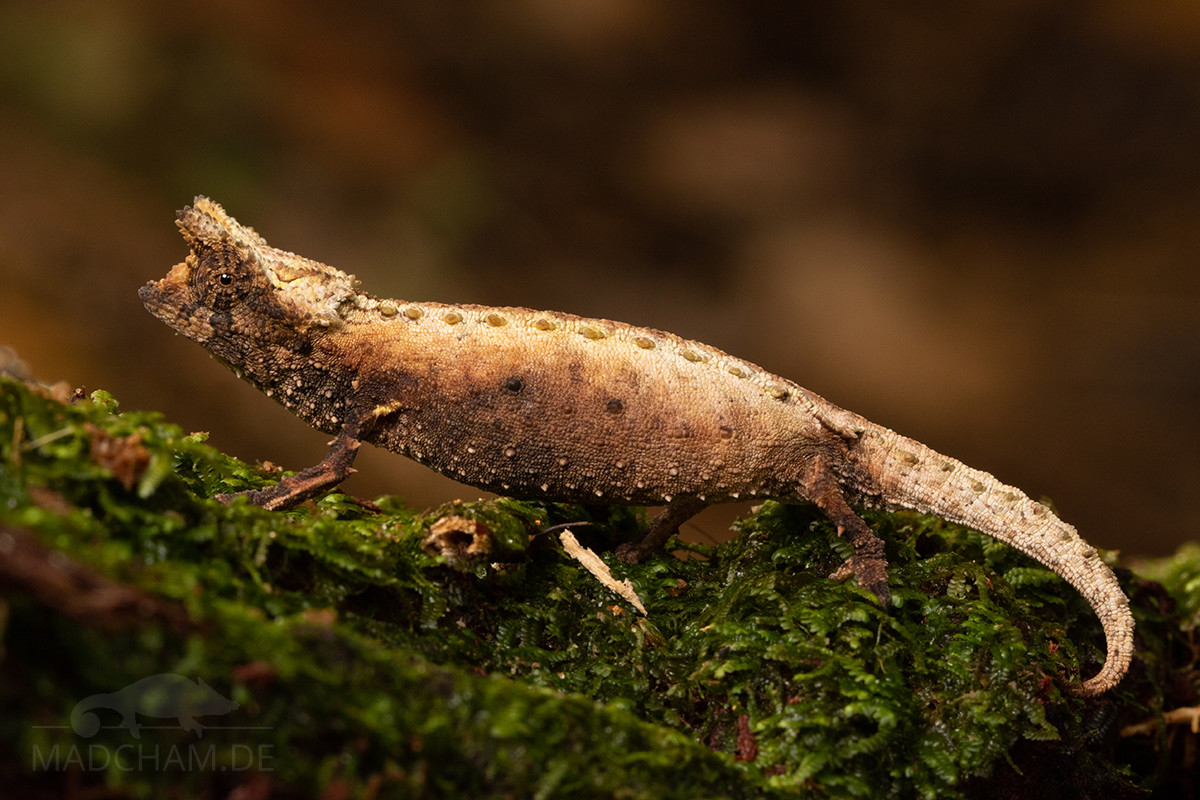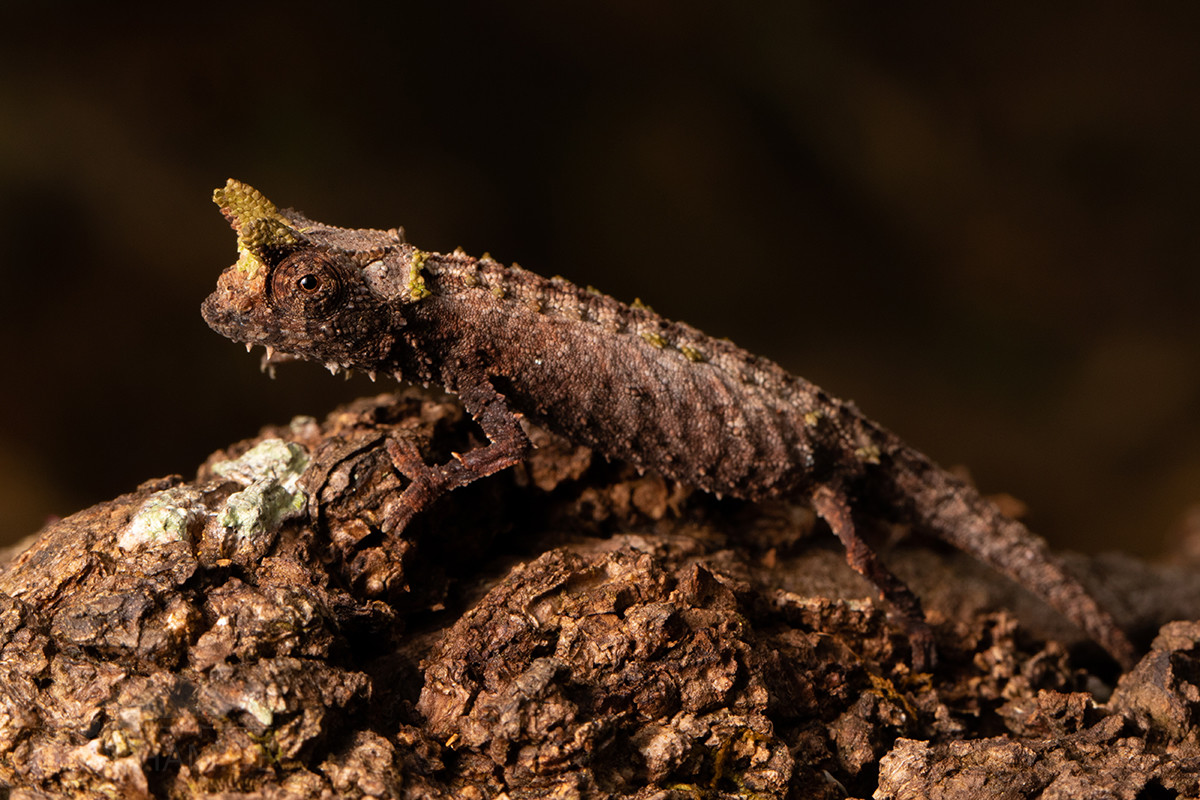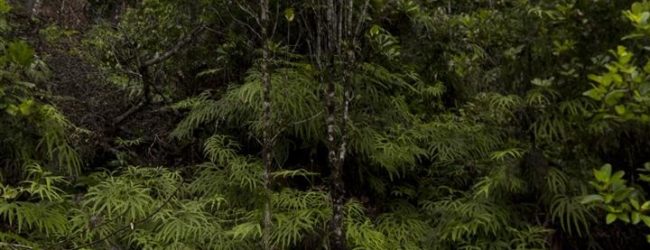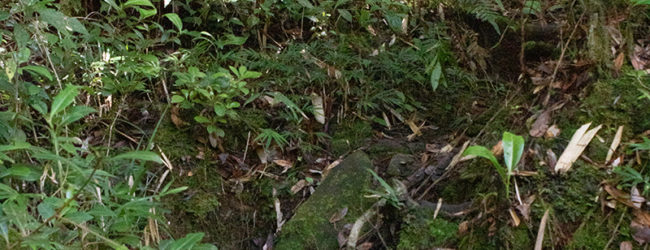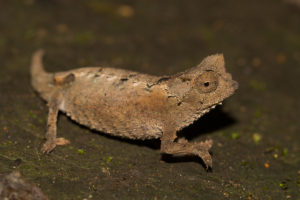2014 to 2024 each year 300 animals released for legal export
First description:
Brygoo, Blanc & Domergue, 1970
Origin of the species name:
Édouard-Raoul Brygoo, Charles Pierre Blanc and Charles Antoine Domergue of the then Institut Pasteur in Antananarivo, Madagascar dedicated the species to Jean-Marie Betsch. Betsch had been working in a department of the Natural History Museum of Paris (France) in Brunoy since 1963, where he later became a professor. The French natural scientist traveled to Madagascar several times between 1965 and 1973. There he was mainly concerned with the ecology of the soil in tropical rainforests. Springtails were his special interest.
Distribution:
Brookesia betschi lives in the undergrowth and foliage of high altitude rainforests in northeastern Madagascar. Populations of the species are known from the national parks Marojejy and Anjanaharibe-Sud as well as Ambolokopatrika between the two, from Manongarivo as well as the Tsaratanana mountains. The animals are rather difficult to find. This is mainly due to the absolutely remote and very difficult to travel areas where they live. All the forests where they occur require several hours of walking (not to be underestimated in the tropics) to even reach the edge of the forest. Moreover, the distribution areas of Brookesia betschi are at an altitude of about 1300 meters. We have found it so far in Marojejy a bit below that at just under 1000 meters. It is incredibly strenuous in the rainforest to advance to these heights. Accordingly, the habitats of Brookesia betschi are little visited.
Appearance & size:
This species is one of the medium-sized terrestrial chameleons. They reach just under six centimeters from the tip of the nose to the tip of the tail, with males remaining smaller than females. There are 11 laterovertebral tubercles running along each side of the back, which continue on the tail. A pelvic shield is not worn by either sex. Particular to Brookesia betschi are the conspicuous, bony appendages above the eyes. These appendages are much more pronounced in males than in females, making it very easy to distinguish the sexes. Such a conspicuous sexual dimorphism does not exist in any other terrestrial chameleon species in Madagascar. Color-wise, Brookesia betschi show variations from beige to dark brown, with mostly appendages, upper head, back and the upper side of the tail being lighter colored than the chin, throat, belly and underside of the tail. In males, we observed tubercles along the back as well as helmet edges that were yellow or green in color. We have not noticed anything like this in the females.
Special features:
It is rather unclear to us why this species has legal CITES quotas, so theoretically it can be exported. It is found exclusively in protected areas where the taking of animals is prohibited. Practically, this species has not been exported in recent years despite quotas.
Weight table
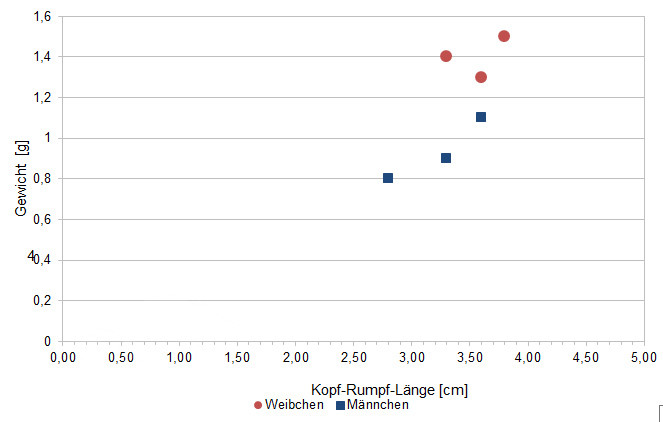
Since 2022, we have been measuring the weights of Brookesia betschi found in Madagascar, as far as the animals (and our scales) are willing to cooperate. So far, only a few weights have been measured. In the long term, we hope to be able to read off an average weight in relation to the head-torso length (measured from the tip of the nose to the cloaca) from as many measurements as possible. It is important to know that all weights were measured towards the end of the rainy season (= best food supply), so these are probably maximum weights in Madagascar. Triangular symbols on females mean not pregnant, round symbols mean pregnant.
Kopf-Rumpf-Länge = snout vent length; Gewicht = weight; Weibchen = female; Männchen = male
| Jan | Feb | Mar | Apr | May | Jun | Jul | Aug | Sep | Oct | Nov | Dec | |
| Average temperature | 26 | 26 | 26 | 25 | 25 | 23 | 23 | 22 | 23 | 24 | 25 | 26 |
| Minimum temperature | 24 | 24 | 23 | 23 | 22 | 21 | 20 | 19 | 20 | 21 | 22 | 24 |
| Maximum temperature | 30 | 29 | 29 | 29 | 28 | 27 | 25 | 25 | 25 | 27 | 28 | 30 |
| Rain days | 28 | 23 | 27 | 22 | 24 | 21 | 20 | 18 | 23 | 22 | 16 | 25 |
Marojejy mainly consists of rainforest that extends over the eponymic sacred mountain at elevations of 200 to maximally 2100 m above sea level. In the highest areas, climate is cool and vegetation sparse, but most chameleons live in the warmer dense rainforest below. Marojejy has different altitude levels, each with its own species living in its own climate. In the lowest altitude level it is very warm and humid, in the middle and high altitudes it becomes a little cooler, but not less humid.
In Marojejy, there is few difference between rainy and dry season. Humidity is always very, very high. In the rainy season, precipitation is more intense with rainfalls that may last for days and sometimes are accompagnied by heavy storms. In the dry season, temperatures are a little lower, but it never becomes really cold. And it still rains almost daily. It really cannot become dry in Marojejy during "dry" season. Humidity is the main key factor of this rainforest. In 2022, we measured relative humidity on various days during the rainy season, and the data can be found below.

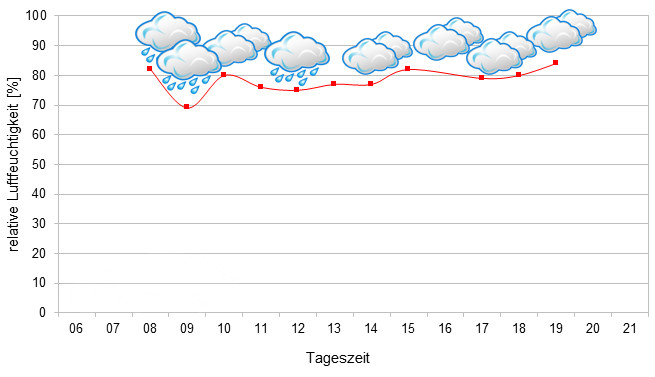


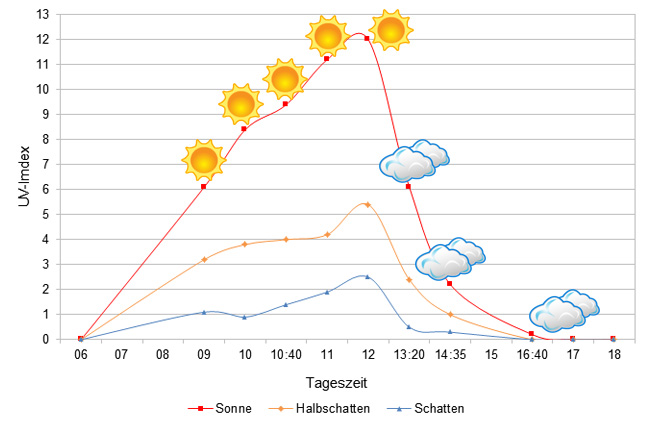
We have measured UVB data with a Solarmeter 6.5 in spring (end of March until beginning of April) at the peak of activity of chameleons in Madagascar. We always measured the values that a chameleon could maximally reach in its habitat.
Since 2022, in addition to other climate data, we have been measuring air pressure at the locations we visit in Madagascar. The following data is from different days during the rainy season. On the X-axis is the time of day or night. In Madagascar, the day begins around 6 a.m., and night falls at 6 p.m. The Y-axis shows the atmospheric pressure in hPa.


Habitat:
The following photos show sections of Brookesia betschi habitat between Camp Marojejya and Camp Simpona in Marojejy. The mountains of Marojejy consist of ridges and steep gorges interspersed with small waterfalls and streams. The rainforest here consists of jungle giants, slippery, mossy, round stones and very lush undergrowth. Countless ferns, lianas, huge aerial roots and mosses of all kinds dominate the picture. The soil consists of wet earth on rocks and large stones. Brookesia betschi can be found resting on low branches at night.
Below you will find 360° images of Marojejy that we took during the rainy season. If you click on the respective image, the pictures will open in an enlarged view in a separate window. You can use the mouse to rotate in all directions. You also have the option of running the images in full-screen mode. Have fun looking at them!


